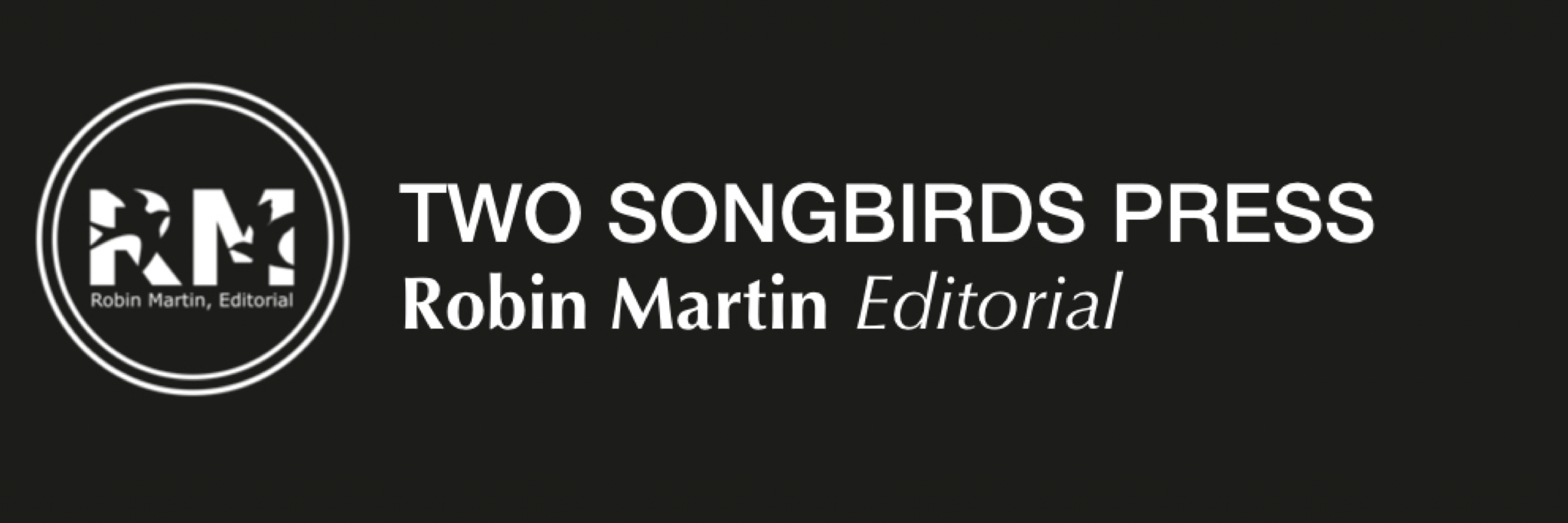- December 9, 2021
- Robin Martin
- No Comments

Learn how to make a fair use assessment so you can feel confident creating new original work from inspiration, not copying.
I am part of a professional community called the Creative Law Center. Kathryn Goldman, a copyright and trademark attorney, founded CLC. I have consulted and recommended her for many years, and she has advised my clients on fair use issues. At CLC, she hosts webinars on many subjects related to the rights and business of creative professionals. For instance:
Can you take a classic novel like The Old Man and the Sea, condense it and illustrate it for children without permission from the rights holder? Can you take the biographical facts from a book and turn them into historical fiction, a drama, or a musical without permission?
Recent cases have focused on these questions and have clarified and narrowed fair use. That is the subject of this month’s workshop in the Creative Law Center.
The Creative Law Center has provided me with so much valuable advice that I now partner with Kathryn to share what she has to offer. This post contains an affiliate link, which means that she’ll know I sent you and send me a finders’ fee for sending you over, but even if it wasn’t, I’d want to share it with you.
You’ll get an email with the Zoom link for Wednesday, December 15 at 1 p.m., EST once you sign up.
What is fair use?
Fair use, in brief, is a doctrine that permits the unlicensed use of copyrighted work in certain circumstances. Certain types of uses qualify as fair use, but the lines can sometimes be fuzzy. You’ve no doubt heard some of the most popular myths about the fair use doctrine, that you can use a certain number of words or notes or minutes of a copyrighted work and it’s considered fair use. Or, if you use part of a piece of art created by someone else, it’s okay. But each copyright infringement case where the artist (defendant) claims fair use is dealt with on a case-by-case basis by the courts. Whether the judge rules in their favor depends on a fact-specific inquiry.
Is my work fair use?
The best thing about all of Kathryn Goldman’s webinars through the Creative Law Center is that they are live, interactive workshops. You are able to ask questions in real time, and Kathryn, a copyright and trademark attorney, is extremely generous and knowledgeable.
What will we learn in this Fair Use webinar?

By exploring recent cases in the news, you will develop an understanding of what is not fair use in a way that will advance your own originality and creativity.
You will learn how to tell the story of your work in a way that reveals true transformative intent. You will discover the tools and resources available to demystify the fair use analysis specific to your creative work.
Check out the Creative Law Center’s Fair Use Update. If you are a writer, an artist, an editor, or small publisher, you need to know about these changes now.



